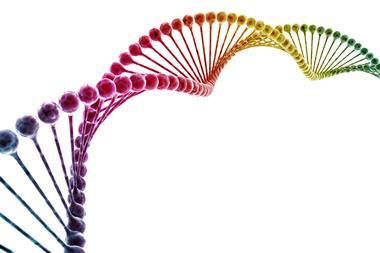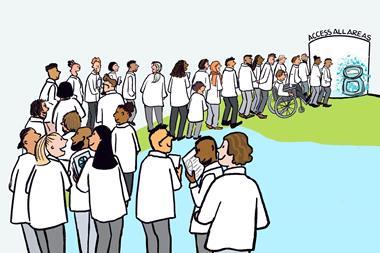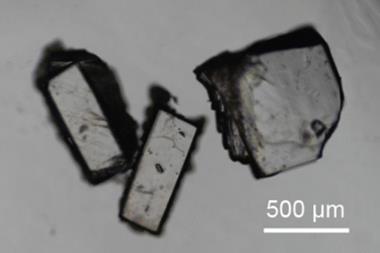While more US students than ever before are studying science, technology, engineering and maths (Stem) degrees, the proportion choosing chemistry is falling, according to new analysis by former American Chemical Society president Donna Nelson.
Nelson, an organic chemist with affiliations to the University of Oklahoma and the Massachusetts Institute of Technology, found that from 1997 to 2023, the numbers of students enrolling in science degrees increased across the board. However, the growth in other Stem subjects has outpaced that of chemistry.
This is not the first time that Nelson has sounded the alarm about trends in academic chemistry. Nearly 25 years ago, she initiated a series of surveys that collected demographic information and quantified the underrepresentation of women and minorities on science and engineering faculties at research universities. This spurred US universities, government research agencies, and other stakeholders to launch new initiatives to address these gaps.
Nelson’s new analysis is based on data from the US Department of Education’s National Center for Education Statistics. She presented her findings this month at the American Chemical Society meeting in Washington, DC.
In 1997, just over 400,000 US students completed bachelor’s of science degrees. By 2023, this figure had almost doubled, with approximately 800,000 science degrees awarded.
But Nelson found that while the number of degrees awarded in the biological sciences grew over 103% in that time period, rising from around 64,000 to nearly 131,000, the number of bachelor’s degrees in chemistry rose just 15%, from 10,891 to 12,573.
Over that same period, undergraduate degrees in engineering grew by about 93% to over 120,000, while the number of physics degrees increased by 79% to 7528.

When it comes to doctorates, almost 54,000 Stem PhDs were awarded in the US in 2023, which is an increase of 80% on the 1997 numbers, when around 30,000 Stem PhDs were awarded. While there were increases of nearly 95% for engineering, 70% for biological sciences, and almost 45% for physics doctorates, the number of chemistry PhDs awarded rose by just 40%.
In 2023, US higher education institutions awarded more than 11,900 PhD degrees in engineering and nearly 9,000 in the biological sciences, compared to about 3,100 in chemistry.
Nelson says she was not expecting the number of bachelor’s degrees in biology to have doubled, and to have almost doubled in engineering. ‘I was surprised that the chemistry degree numbers were so much lower than the biology degrees,’ she tells Chemistry World.
The slow uptake of chemistry degrees could be due to wider issues facing chemistry departments relating to working culture that could put off prospective students, Nelson suggests.
Decreasing population share
‘It’s certainly a decrease compared to those other areas,’ says Derek Lowe, a US-based drug discovery chemist and Chemistry World columnist who was not involved in the data analysis. ‘It’s also worth noting that the total college population in the US has grown significantly over that period, which means that chemistry degrees holding steady in absolute numbers represents a net decrease as a share of the population.’
‘Biology of course has been a hot field for quite a while now – a lot of huge discoveries have been coming there ever since Watson and Crick,’ Lowe tells Chemistry World. ‘Engineering is popular as a “guaranteed job” field … and is especially so with foreign students in the US,’ he adds. However, Lowe notes that the broader popularity of physics is a bit harder to explain, though it could also be a funnel into engineering studies at the undergraduate level.
‘Chemistry is caught in the middle, and not for the first time, and people have an idea – rightly or wrongly – that the big fundamental discoveries in the field have already been made,’ Lowe states. ‘I’m not sure I agree with that, but there really do seem to be more scientific frontiers in biology.’

















No comments yet